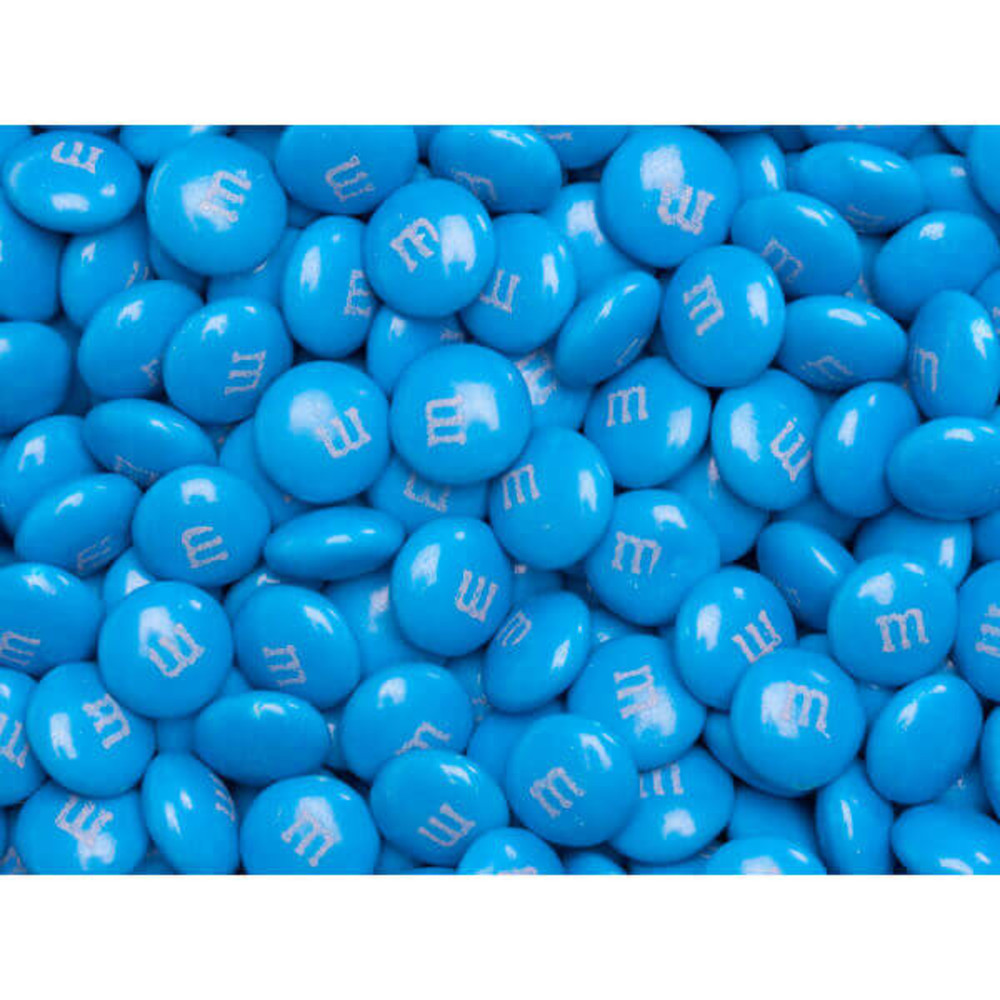The true story of how an OSU professor saved blue M&M’s

Fans of M&M’s were thrilled in 1995 when the Mars Candy Company agreed to add blue to its rainbow of candy “button” colors. They had overwhelmingly voted for blue over pink and purple to replace tired, old tan.
And, so all was well in the M&M world until 2016 when corporate leaders announced a five-year plan to stop using synthetic dyes in its widely popular candies. Red and yellow? No problem. These natural colors can be found just about everywhere. Orange, brown and green? Same thing – plenty of choices.
But blue? Blue is different. There aren’t many blues in nature. And the few there are do not give up their hues so easily. Not to fear, though. The Mars execs turned to the renowned Food Innovation Center at Ohio State University. Surely, the school that made the Eskimo Pie possible (true) could coax a little blue out of nature.
BROUGHT TO YOU BY
The task fell primarily to OSU professor Monica Giusti, who worked with scientists at Mars to extract the exact shade they needed from natural pigments called anthocyanins, which can be taken from red cabbage, purple sweet potatoes and other vegetables. The complicated process they developed to make this work with precision is now patented, and the blue “M&M” – one of the favorites in the whole, “melts-in-your-mouth-not-in-your-hands” bunch – is now totally safe for consumption.
So, the next time you bite into an all-natural, “blue,” give a little shout-out to Dr. Monica Giusti and the other researchers at the Ohio State University College of Food, Agricultural and Environmental Sciences.
Food for thought:
Ever wonder how M&M’s got their name? One “M” represents Forrest E. Mars, Sr., the
founder of Mars Candies. The other is for Bruce Murrie, son of Hershey Chocolate’s president, William F. R. Murrie, who owned a 20 percent share in the product.
Want to read more? Check out our print publication, (614) Magazine. Learn where you can find a free copy of our new December issue here!
BROUGHT TO YOU BY




